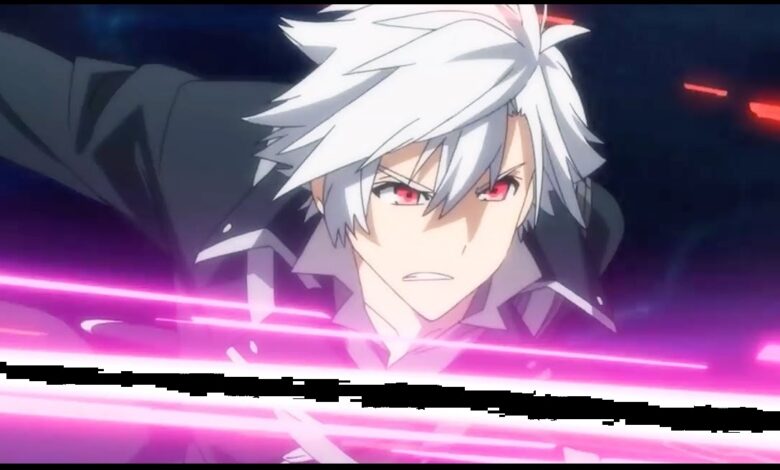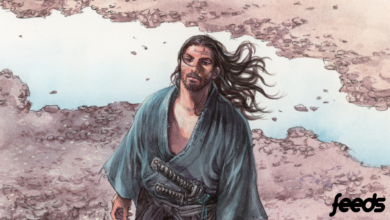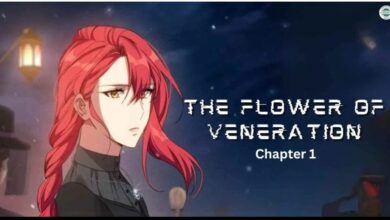The Disowned Child: Chronicles of Unleashed Divine Bloodlust

Dive into the world where fantasy and horror collide in an epic tale of divine retribution and bloodshed. “The Disowned Child: Chronicles of Unleashed Divine Bloodlust” is a haunting narrative that captures the imagination of fantasy readers and horror enthusiasts alike. This blog post unravels the intricate layers of the story, explores its central character, and examines its impact on the genres it inhabits.
Introduction to the Concept of Divine Bloodlust in Fantasy and Horror Literature
Divine bloodlust is a theme that resonates deeply within the realms of fantasy and horror. It combines the grandeur of divinity with the raw, primal urge for destruction, creating a potent narrative device. This concept often explores the thin line between godliness and monstrosity, raising questions about power, morality, and the essence of existence.
In “The Disowned Child: Chronicles of Unleashed Divine Bloodlust,” this theme is brought to life through vivid storytelling and complex characters. The story delves into what it means to possess divine power tainted by a thirst for vengeance and violence. It challenges readers to confront their deepest fears and consider the consequences of unchecked power.
The Disowned Child: Exploring the Origins and Background of the Central Character
At the core of this gripping tale is the Disowned Child, a character whose very existence is a paradox. Born of divine lineage yet cast out and forsaken, the Disowned Child embodies the conflict between heritage and identity. Their journey is self-discovery, vengeance, and, ultimately, redemption — if such a thing is possible for someone consumed by divine bloodlust.
The origins of the Disowned Child are shrouded in mystery and tragedy. Their divine parentage grants them immense power, but their rejection by the divine pantheon emboldens a rage that simmers below the surface. This duality makes the Disowned Child a compelling figure, torn between their inherent nobility and the monstrous impulses that threaten to consume them.
Unleashing the Bloodlust: Key Moments in the Story Where the Character’s Divine Nature Manifests
Several pivotal moments in “The Disowned Child: Chronicles of Unleashed Divine Bloodlust” reveal the extent of the protagonist’s divine abilities and their devastating consequences. These scenes are not merely spectacles of power but are also deeply emotional, reflecting the internal struggle of the Disowned Child.
- The Awakening: The first moment of unleashed bloodlust occurs when an intense emotional trauma triggers the Disowned Child’s powers. This scene is both horrifying and mesmerizing, as readers witness a deity’s raw, unbridled energy in human form.
- The Confrontation: As the Disowned Child faces those who wronged them, their divine wrath is unleashed with terrifying precision. This is a turning point in the narrative, highlighting the destructive potential of divine bloodlust and the lengths to which the protagonist will go for vengeance.
- The Redemption: The climax of the story sees the Disowned Child battle their bloodlust in a final bid for control. This moment is both exhilarating and tragic, as it encapsulates the characters’ internal battle and ultimate fate.
Themes and Symbolism: Analysis of the Deeper Themes and Symbolism Surrounding the Concept of Divine Bloodlust
“The Disowned Child: Chronicles of Unleashed Divine Bloodlust” is rich with themes and symbolism that add depth to the narrative. Some of the central themes include:
- Power and Corruption: The narrative explores how divine power may corrupt even the most honorable creatures and make them weapons of mass devastation.
- Identity and Acceptance: The protagonist’s journey seeks acceptance and understanding of their true nature despite being cast out by their divine kin.
- Vengeance and Forgiveness: The narrative explores the fine line between seeking justice and succumbing to vengeance and whether forgiveness is attainable for one so consumed by rage.
Symbolically, the Disowned Child represents the duality of human nature — the capacity for great sound and unspeakable evil. Their divine bloodlust is a metaphor for our internal battles and the consequences of allowing our darker impulses to take control.
Impact on the Genre: How the Story of the Disowned Child Contributes to the Fantasy and Horror Genres
“The Disowned Child: Chronicles of Unleashed Divine Bloodlust” stands out in the fantasy and horror genres for its unique blending of divine mythology with visceral, horror-inspired storytelling. It pushes the boundaries of traditional fantasy by incorporating elements of psychological horror, making it a significant contribution to both genres.
- Innovative Storytelling: This story’s narrative structure and character development offer a fresh perspective on the themes of power and corruption.
- Complex Characters: The Disowned Child’s multifaceted personality and internal conflicts add a layer of complexity often missing in conventional fantasy or horror tales.
- Genre-Bending Elements: By seamlessly integrating divine mythology with horror, the story appeals to a broader audience and sets a new standard for genre-blending narratives.
Conclusion and Call to Action
“The Disowned Child: Chronicles of Unleashed Divine Bloodlust” is more than just a tale of divine vengeance; it is a profound exploration of power, identity, and the human condition. Its impact on the fantasy and horror genres undeniably offers readers a unique and thought-provoking experience.
Have thoughts or experiences you’d like to share about divine bloodlust in literature? Join the conversation in the comments below and let us know your favorite moments from the story. And if you haven’t yet, dive into the world of “The Disowned Child: Chronicles of Unleashed Divine Bloodlust” and experience the captivating blend of fantasy and horror.




